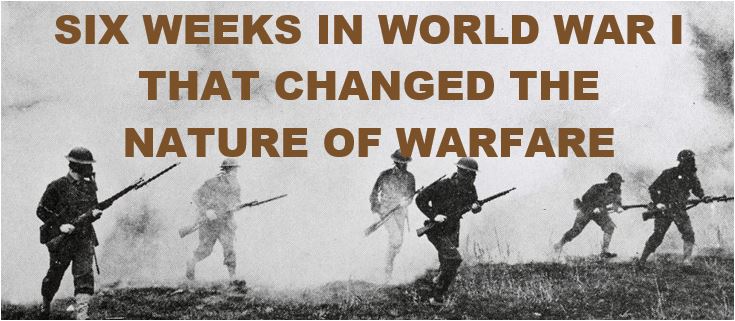
About Us & Activities
Acclaimed British Author, Diana Preston, Reveals a Chilling Story About WWI in New Book
Event Recap

Diana Preston, a noted British historian, writer and broadcaster, presented a lecture at the National World War I Museum, at Liberty Memorial, in Kansas City, Mo. on Tuesday, May 5, 2015. Click here to see photos from lecture.
The lecture was hosted by the National World War I Museum and co-sponsored by the English-Speaking Union Kansas City Branch. Approximately 90 people attended the lecture. The lecture was taped by CSPAN and National Public Radio's "All Things Considered" for future broadcast.

Mrs. Preston presented another lecture program at the ESU Headquarters offices in New York City just the day before their visit to Kansas City. That lecture was on another of her books, "Lusitania: An Epic Tragedy."
Her lecture program in Kansas City dealt with her just-published book, A Higher Form of Killing, in which Preston describes three pivotal events that occurred in the spring and early summer of 1915, during the first year of the First World War that forever altered the way war would be fought.
In late April, 1915, German troops released poison gas over French and Canadian troops in the trenches at Ypres in the world's first poison gas attack; in early May 1915, a German submarine torpedoed the Cunard liner Lusitania killing 1,200 civilians while on May 31, London was bombed by a Zeppelin in the first ever 'blitz' on London.
These incidents, all illegal under international law, changed the nature of warfare forever. As technology and science played an increasing part in warfare, civilians were seen as legitimate targets and death could strike without warning civilians or soldiers from air, sea and land wherever they were.
Though Germany's attempts to quickly win the war failed, the psychological damage caused by these attacks far outweighed the casualties. "The age of weapons of mass destruction had dawned," the author writes, "when a single attacker or a small group in comparative safety, at a distance and often unseen, could launch at the press of a firing button or the touch of a bomb release a weapon that could kill thousands."
Diana Preston links these three chilling events together for the first time, revealing the dramatic stories behind each through the eyes of those who were there, whether making the decisions or experiencing their effect.
She places the attacks in the context of the centuries-old debate over what constitutes a "just war" and shows how, in their aftermath, the other combatants felt the necessity to develop extreme weapons of their own.
In our current time of terror, when weapons of mass destruction, imagined or real, are once again vilified, the story of their birth is of great relevance.
About the author
 Diana Preston is an Oxford-trained historian and author. Born and raised in London, she studied Modern History at Oxford University, where she first became involved in journalism. After earning her degree, she became a freelance writer of feature and travel articles for national UK newspapers and magazines.
Diana Preston is an Oxford-trained historian and author. Born and raised in London, she studied Modern History at Oxford University, where she first became involved in journalism. After earning her degree, she became a freelance writer of feature and travel articles for national UK newspapers and magazines.
She has written many books about a variety of subjects including Cleopatra and Antony, the sinking of the Lusitania, Robert Falcon Scott and the Race to the South Pole, the Boxer Rebellion, and the Scottish Jacobite rebellion of 1745. Her book, Before the Fall-Out: From Marie Curie to Hiroshima, won the 2006 Los Angeles Times Prize for Science and Technology. In 2012 she published The Dark Defile: Britain's Catastrophic Invasion of Afghanistan, 1838-1842. She has reviewed for The Washington Post, The Wall Street Journal and The Los Angeles Times, been a broadcaster for the BBC and the Canadian Broadcasting Corporation and lectured at many prestigious venues including The Smithsonian.
In choosing her topics, Preston looks for stories and events which are both compelling in their own right and also help readers gain a wider understanding of the past. She is fascinated by the human experience, what motivates people to think and act as they do and the individual stories that comprise the larger historical picture.

 Share
Share Print
Print Facebook
Facebook YouTube
YouTube LinkedIn
LinkedIn Email
Email Twitter
Twitter Email Sign-Up
Email Sign-Up